Features > Property News & Insights > Market updates
Australian residential property steams towards $12 trillion mark
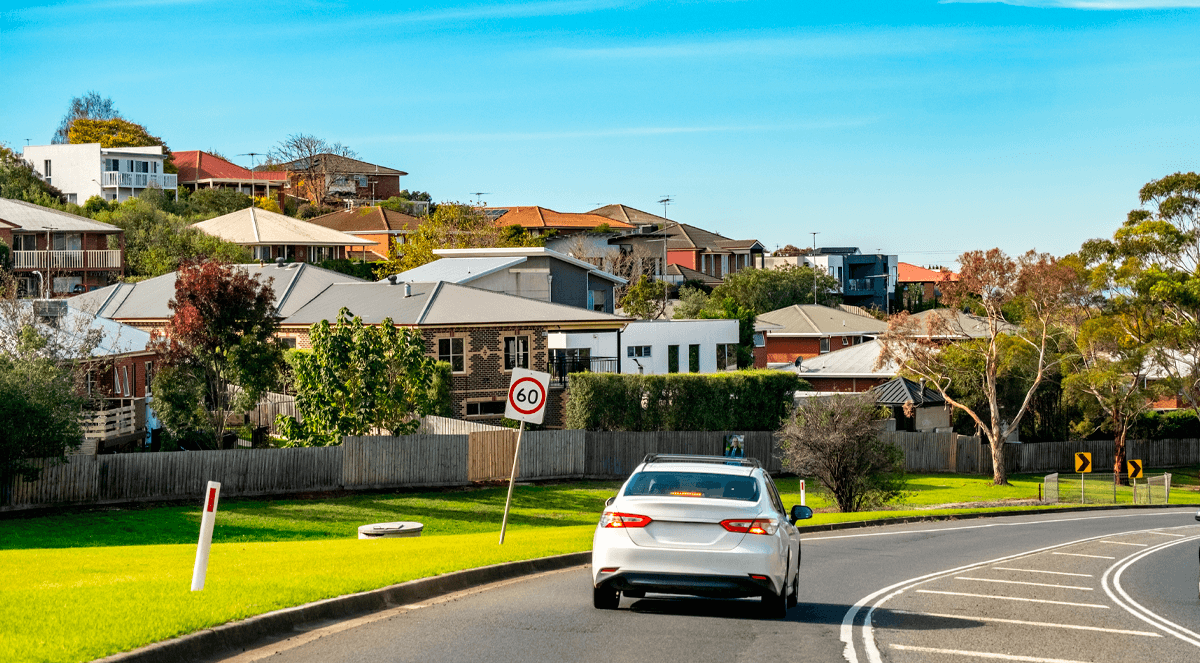
KEY POINTS
- Australia’s residential property market has reached $11.8 trillion, up $678 billion in a year, with national dwelling values rising 2.2% this quarter and 4.8% annually
- Darwin emerged as the nation’s strongest capital housing market, with suburbs like Wanguri and Durack recording growth of up to 20.1% since February 2025
- Cotality says that if the property market were to continue at its current rate of growth, the combined market value could hit $12 trillion by the end of the year
Australia’s residential real estate market is set to pass a new milestone, with the total value of all homes in the country approaching $12 trillion.
Cotality says the value of Australian residential property has reached a record $11.8 trillion, up by $678 billion over the past year, and looks set to cross the $12 trillion threshold in the next few months.
That jump in market valuation comes amid accelerating property price growth, with national dwelling values rising 2.2% in the three months to the end of September.
The details
Cotality’s latest Monthly Housing Chart Pack shows the total value of all residential real estate was $11.8 trillion in October 2025, approximately 2.7 times the value of all funds held in superannuation funds and 3.3 times the value of all Australian listed stocks.
“This $11.8 trillion milestone is a clear testament to the resilience of Australia’s property market, where national dwelling values are now up 4.8% over the past year,” says Eliza Owen, Cotality’s Head of Research for Australia.
“We’re seeing a clear building of momentum, with a 2.2% rise over the September quarter alone, the largest quarterly increase since May 2024.”
The impact of interest rate cuts and the resulting increase in people’s borrowing capacity has also had an interesting effect on the types of properties home buyers and investors are chasing.
That’s seen the strongest quarterly pace of growth move from the affordable or lower quartile of the market (2.4%) to the broad middle (2.5%).
Nationally, Cotality says the ‘middle of the market’ comprises dwellings valued between $648K and $1.2m.
Strongest and weakest growth
Cotality’s breakdown of growth by suburb reveals that Darwin has been among the strongest beneficiaries of the recent upswing.
Between February and September 2025, the period following the Reserve Bank of Australia’s initial three interest rate cuts, Darwin suburbs posted astonishing growth of up to 20.1%, as investors and buyers chased tight supply and relative affordability.
In fact, eight of the top ten growth suburbs are located in Darwin, which is currently experiencing a resources-led boom.
By contrast, inner-city areas of Sydney and Melbourne, especially high-density unit markets, have been among the weaker performers.
Milsons Point in central Sydney saw a plunge of –7.1%, with Kirribilli down –6.3% over the same period, according to Cotality’s data.
“Even though we’ve gone hyper-local with the suburb analysis, the data highlights a broader trend of Darwin leading Australia’s capital growth trend,” Eliza Owen says.
“City home values are up 13.4% through the year to date.
“It’s a relatively affordable market, and investors may be taking note of high yields and rapid value increases,” Ms Owen said.
When it comes to growth in regional markets, Ms Owen says there’s been rapid growth in previously overlooked areas.
“Some of the top performing regional markets were also the most affordable, such as Boggabri in regional NSW and Rochester in regional Victoria, each dwelling market with a median below $400,000.
“With other capital city and major regional markets soaring in value over the past few years, it seems like buyers are targeting what is left of the affordable land and housing across the country as interest rates fall and rents re-accelerate,” she says.
Not just Darwin
While Darwin remains a headline performer, the broader mid-sized capitals are also contributing significantly to the national growth momentum.
In the September quarter, Perth led the mid-sized capitals with 4.0% growth, followed by Brisbane (3.5%) and Adelaide (2.5%).
The largest markets of Sydney and Melbourne saw more restrained growth, with 2.1% and 1% value growth, respectively.
Selling times tell an interesting story: while the national median time to sell by private treaty has ticked up to 30 days, there’s significant regional variation.
Darwin, with its current market strength, saw days-on-market fall from 51 days last year to 39 days in 2025.
In Melbourne, selling times have compressed from 35 to 32 days year-on-year.
The report also notes that vendor discounts have shrunk marginally.
In the September 2024 quarter, the median discount was 3.3%, compared to 3.2% in 2025 - a small but telling sign of upward pressure on prices.
Listings also remain a key constraint to further price growth.
Over the four weeks to October the 5th 2025, Cotality recorded 122,173 properties listed nationally.
That’s up 2.7% since the start of Spring, but still 19.3% below the five-year norm.
The outlook
At its current trajectory, Australia’s combined residential property market could hit $12 trillion by year’s end — a symbolic threshold.
However, Cotality’s Eliza Owen cautions that interest rates and inflation are critical variables.
“At the moment, there’s some uncertainty around the timing of another cash rate reduction, and inflation impacting market momentum through to the end of the year.
“However, if the property market were to continue at its current rate of growth, it’s possible the combined market value could hit $12 trillion by the end of the year,” she says.
Stay Up to Date
with the Latest Australian Property News, Insights & Education.




.png?width=292&height=292&name=Copy%20Link%20(1).png)
 SIGN UP FOR FREE NEWSLETTER
SIGN UP FOR FREE NEWSLETTER

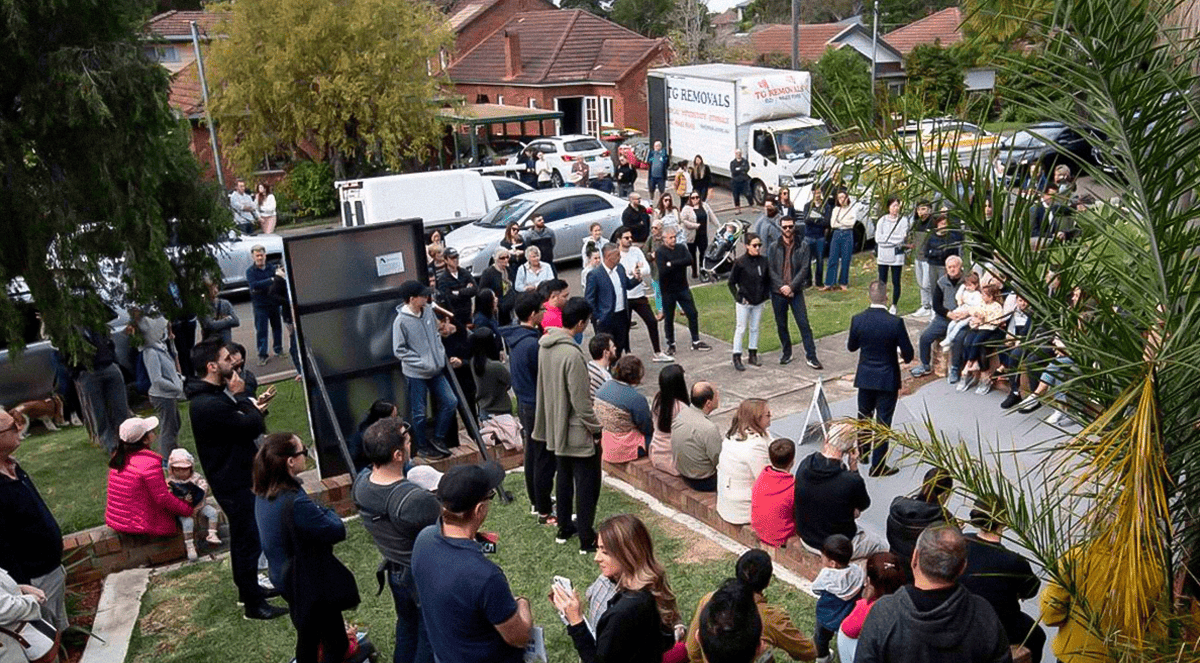
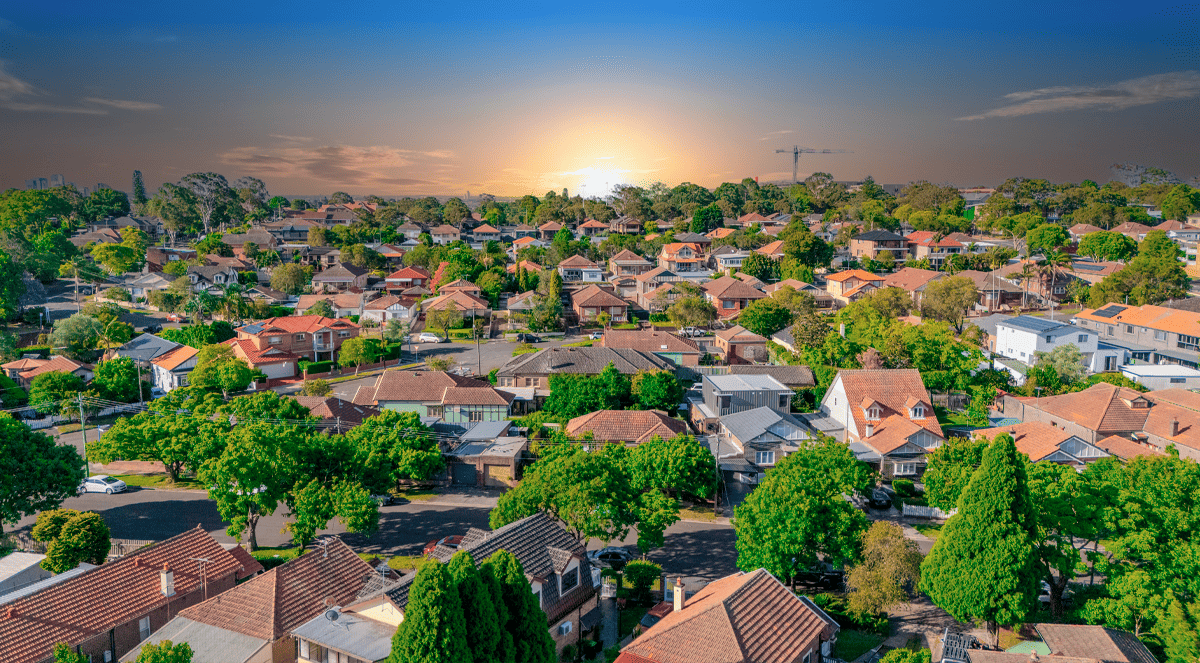
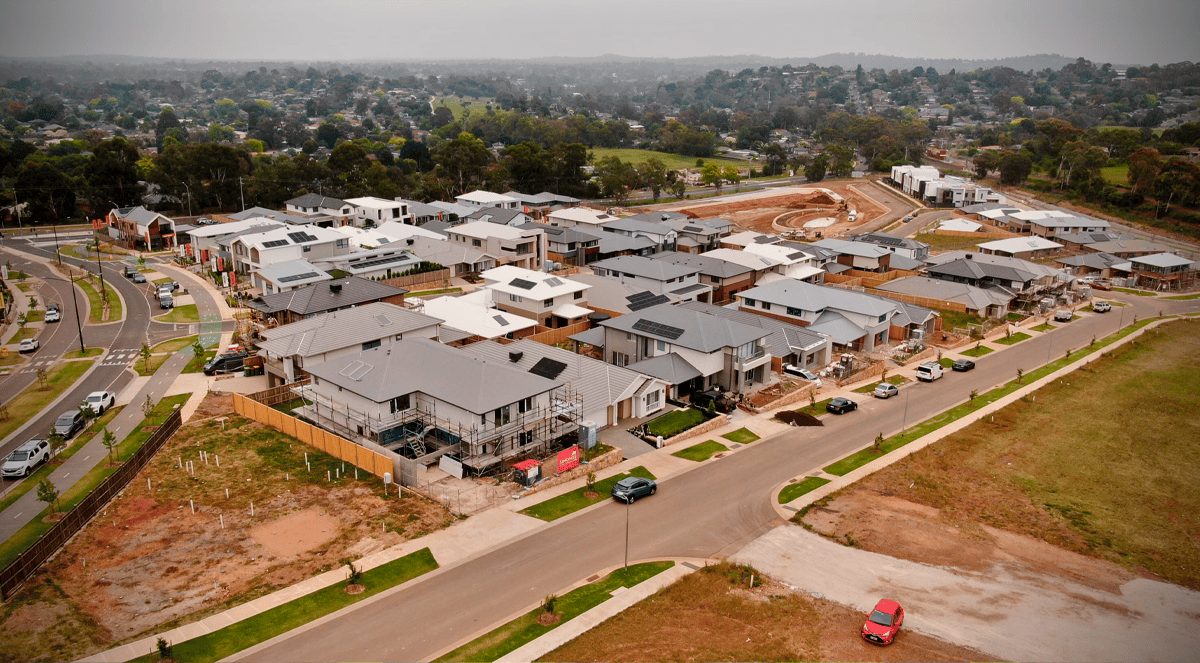
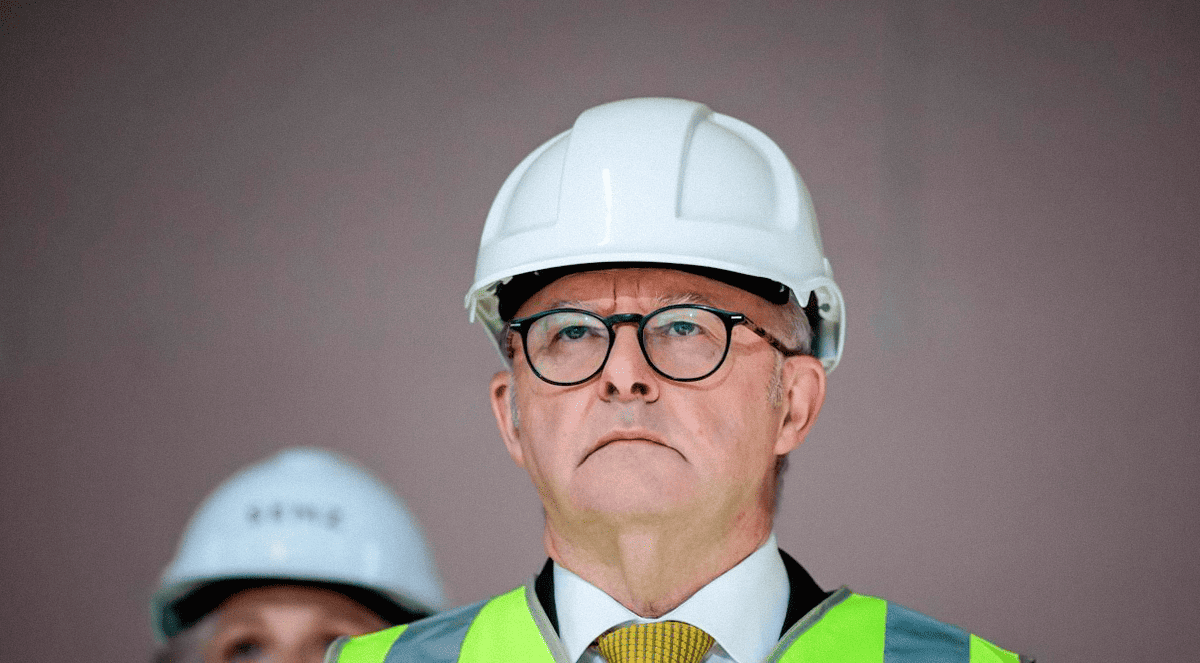
.jpg?width=1920&height=1080&name=Warning%2c%20You%20Might%20Be%20Facing%20Higher%20Taxes%20Soon%20(1).jpg)





.png?width=1920&height=1080&name=Rate%20Drops%20Signal%20BIGGEST%20Property%20Boom%20in%20DECADES%20(1).png)

.jpg?width=1920&height=1080&name=Labor%20vs%20Liberal%20These%20Housing%20Policies%20Could%20Change%20the%20Property%20Market%20Forever%20(1).jpg)
.jpg?width=1920&height=1080&name=QLD%20Slashes%20Stamp%20Duty%20Big%20News%20for%20Investors%20%26%20Home%20Buyers%20(1).jpg)
.jpg?width=1920&height=1080&name=Trump%20Just%20Slapped%20Tariffs%20%E2%80%93%20Here%E2%80%99s%20What%20It%20Means%20for%20Australia%20(1).jpg)
.jpg?width=1920&height=1080&name=Federal%20Budget%202025%20More%20Debt%2c%20No%20Housing%20%E2%80%93%20Here%E2%80%99s%20What%20You%20Need%20to%20Know%20(1).jpg)
.jpg?width=1920&height=1080&name=Australias%20Housing%20Crisis%20is%20about%20to%20get%20MUCH%20Worse%20(New%20Data%20Warns).jpg)
%20(1).jpg?width=1920&height=1080&name=Australias%20RENTAL%20CRISIS%20Hits%20ROCK%20BOTTOM!%20(2025%20Update)%20(1).jpg)
%20(1).png?width=1920&height=1080&name=Is%20Adelaide%20Still%20a%20Good%20Property%20Investment%20(2025%20UPDATE)%20(1).png)
.jpg?width=1920&height=1080&name=RBA%20Shocks%20with%20Rate%20Cuts!%20What%E2%80%99s%20Next%20for%20Property%20Investors%20(1).jpg)
%20(1).jpg?width=1920&height=1080&name=I%20Predict%20The%20Feb%20Rate%20Cut%20(My%20Price%20Growth%20Prediction)%20(1).jpg)
.png?width=1920&height=1080&name=Why%20Property%20Prices%20Will%20Rise%20in%202025%20Market%20Predictions%20(1).png)
.jpg?width=1920&height=1080&name=Why%20Investors%20Are%20Choosing%20Apartments%20Over%20Houses%202%20(1).jpg)
.jpg?width=1920&height=1080&name=Why%20Rate%20Cuts%20Will%20Trigger%20A%20Property%20Boom%20(1).jpg)
.jpg?width=1920&height=1080&name=Retire%20On%202Million%20With%20One%20Property%20(Using%20SMSF).jpg)
.jpg?width=1920&height=1080&name=4%20Reasons%20Why%20You%20Should%20Invest%20in%20Melbourne%20Now%20(1).jpg)
%20(1).jpg?width=1920&height=1080&name=Old%20Property%20vs%20New%20Property%20(Facts%20and%20Figures%20Revealed)%20(1).jpg)
%20(1).jpg?width=1920&height=1080&name=Will%20The%20New%20QLD%20Govt%20Create%20a%20Property%20Boom%20or%20Bust%20(My%20Prediction)%20(1).jpg)
%20Scott%20Kuru%20(1).jpg?width=1920&height=1080&name=Inflation%20Hits%20Three-Year%20Low%20(Will%20RBA%20Cut%20Rates%20Soon)%20Scott%20Kuru%20(1).jpg)
.jpg?width=1920&height=1080&name=How%20to%20Buy%20Investment%20Property%20Through%20SMSF_%20The%20Ultimate%20Guide%20(1).jpg)
.jpg?width=1920&height=1080&name=Victoria%20Slashes%20Stamp%20Duty%20Melbourne%20Set%20to%20Boom%20Scott%20Kuru%20(1).jpg)
.png?width=1571&height=861&name=Are%20Foreign%20Buyers%20Really%20Driving%20Up%20Australian%20Property%20Prices%20(1).png)
.jpg?width=1920&height=1080&name=The%20Single%20Factor%20That%20Predicts%20Property%20Growth%20Regions%20(1).jpg)
%20Scott%20Kuru%20(1).jpg?width=1920&height=1080&name=My%20Prediction%20On%20Rates%20%26%20Negative%20Gearing%20(Market%20Crash)%20Scott%20Kuru%20(1).jpg)

-1.png?width=1920&height=1080&name=Major%20Banks%20Cut%20Rates%20Will%20RBA%20Follow%20Suit%20(Sept%20Rate%20Update)-1.png)
%20Scott%20Kuru-1.png?width=1920&height=1080&name=Rate%20Cut%20Coming%20What%20New%20Zealands%20Move%20Means%20for%20Australia%20(Sept%20Prediction)%20Scott%20Kuru-1.png)
%20(1).jpg?width=1920&height=1080&name=Buy%20when%20the%20interest%20rates%20are%20high!%20(Why%20you%20must%20buy%20now!)%20(1).jpg)
.jpg?width=1920&height=1080&name=Carms_Revised%20Taxes%20Due%20Aug%209%20YT%20Thumbnail02%20(1).jpg)
.jpg?width=1920&height=1080&name=Carms_Too%20Little%20Too%20Late%20Aug%207%20YT%20Thumbnail01%20(1).jpg)









.jpg?width=1920&height=1080&name=Carms_Rate%20Drop%20In%20July%20Jun%2010%20YT%20Thumbnail02%20(1).jpg)
.jpg?width=1920&height=1080&name=Carms_Own%20a%20Property%20V6%20Jun%205_YT%20Thumbnail%20(1).jpg)









.png?width=1920&height=1080&name=Artboard%201%20(3).png)






.jpg?width=1920&height=1080&name=YT%20thumbnail%20%20(1).jpg)

